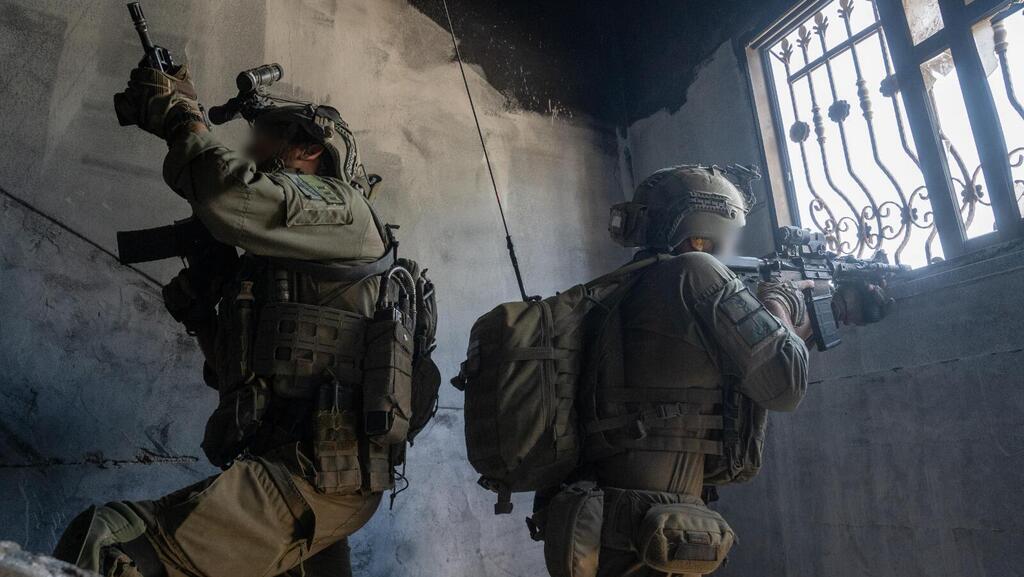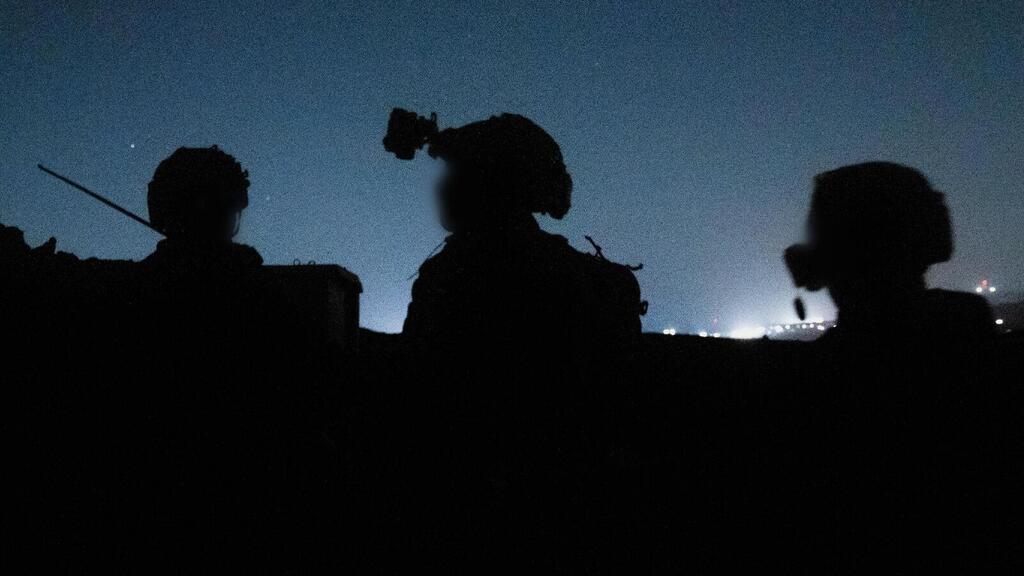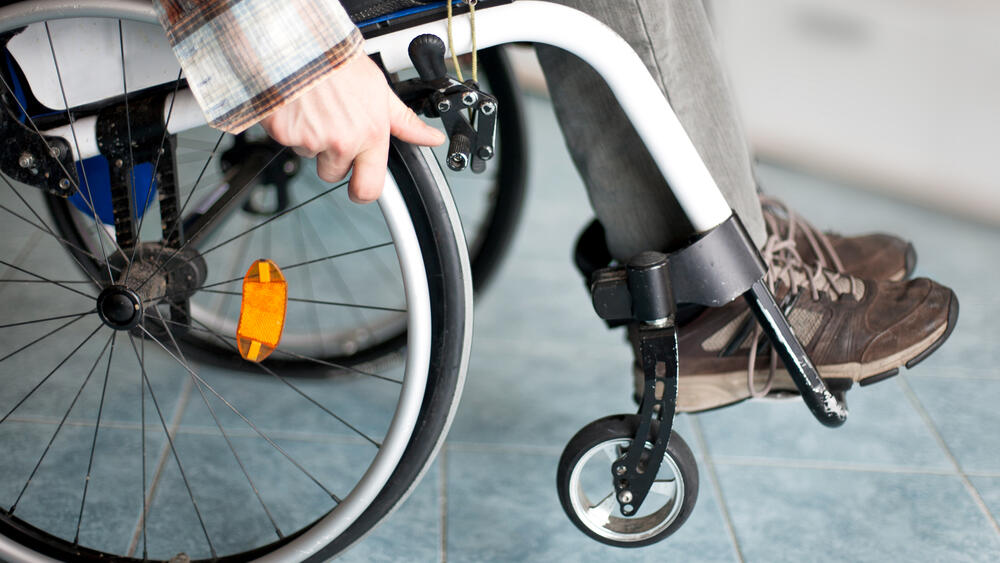Combat service in the IDF — a longstanding source of national pride — may carry a hidden neurological risk. A first-of-its-kind Israeli study has found that veterans who served in combat roles face a significantly higher risk of developing ALS (amyotrophic lateral sclerosis), a rare and fatal neurodegenerative disease. The risk is especially high among paratroopers.
The study, published in the Annals of Clinical and Translational Neurology, analyzed 191 IDF veterans diagnosed with ALS and compared them with 1,910 healthy veterans matched by age and sex.
It found that 46% of ALS patients had served in combat positions, compared with just 22.7% of the control group. Among paratroopers, the gap was even wider: 10.5% of ALS patients had undergone parachute training, compared to only 1.1% in the healthy group.
“We weren’t comparing IDF veterans to civilians,” said Prof. Marc Gotkine, a neurologist at Hadassah Medical Center who led the study. “We were looking at the types of military service among ALS patients versus healthy individuals. Early on, we noticed a recurring pattern: a disproportionately high number of patients came from elite combat units.”
 Prof. Marc GotkinePhoto: Avi Ohayun, Hadassah Medical Center
Prof. Marc GotkinePhoto: Avi Ohayun, Hadassah Medical Center2.5 times higher risk for combat veterans
A multivariable statistical analysis — which accounted for education, country of birth and ethnic background — confirmed a significant association between combat service and ALS. The odds ratio was 2.49, meaning combat veterans were 2.5 times more likely to develop ALS than non-combat soldiers.
This association remained strong when men and women were analyzed separately. Notably, female combat veterans faced an even higher risk, with an odds ratio of 22.17 (p<0.01), though the female sample size was small.
“We cross-checked service records with IDF databases and fully verified the roles reported by patients,” said Gotkine. “The IDF Medical Corps also helped build a control group, matching each patient with 10 veterans of the same age and draft year to create as accurate a comparison as possible.”
Mandatory service reduces selection bias
While military service has been linked to ALS in previous studies, most of that research focused on Western armies with voluntary enlistment, such as the U.S. military. This raised concerns about selection bias — the idea that people with certain physical or genetic traits might be more likely to volunteer for combat.
Get the Ynetnews app on your smartphone: Google Play: https://bit.ly/4eJ37pE | Apple App Store: https://bit.ly/3ZL7iNv
“This is what makes our Israeli study so important,” said Gotkine. “Because IDF service is mandatory, the bias is far lower. Also, combat soldiers here are frequently exposed to real, high-stress operational environments — unlike countries like Denmark, where military service doesn’t necessarily involve such exposure. That gives us a unique perspective for identifying real associations.”
The study included data collected between 2009 and 2016 at Hadassah’s ALS clinic. Only patients who had served in the IDF and reliably reported their roles were included. In 31.4% of cases, the researchers cross-referenced IDF databases and found full consistency.
Does extreme physical exertion increase the risk?
The study classified military roles by physical intensity: infantry combat (most strenuous), non-infantry combat soldiers, combat support soldier and home front positions. ALS was twice as prevalent among infantry veterans (28.9%) compared to the control group (12.6%).
The findings renew questions about the link between intense physical activity and neurological disease. “The correct phrasing is that ALS patients were disproportionately represented in the most physically demanding roles — especially in elite units,” said Gotkine.
“But we must stress this is an association, not proof of causation. It’s possible that the activity itself raises the risk but it could also be that the people selected for these roles share genetic or environmental traits that increase ALS risk.”
Other potential contributors include exposure to toxins, repeated injuries, chronic stress or immune system changes. Paratroopers, who face higher rates of physical injury, may be particularly vulnerable.
“According to our findings, those who served in the most intensive combat roles are overrepresented among ALS patients,” Gotkine said. “But that doesn’t necessarily mean combat service causes ALS or shortens life expectancy.
“In fact, their high physical fitness might benefit other systems like cardiovascular health. What’s crucial now is to understand why this link exists — and to identify modifiable risk factors that could lead to early detection or even preventive treatments.”
Important, but limited
The researchers acknowledge several limitations to the study. Chief among them: it only examined mandatory service, excluding reserve duty or physical activity later in life. Some combat veterans may have continued intense training or high-risk activities after discharge, increasing their exposure to potential triggers.
 Efrat CarmiPhoto: Ronit Walfer
Efrat CarmiPhoto: Ronit WalferIn addition, the choice to serve in elite combat units may be influenced by motivation, education or socioeconomic background — all of which could act as statistical confounders. The team attempted to control for these factors but noted the possibility of hidden biases.
Efrat Carmi, CEO of IsrAEL, the Israeli ALS research nonprofit, added that 120 new ALS cases were diagnosed in Israel in 2024. Of these, 61% were men. About 40% were under age 67. The total ALS patient population in Israel is currently estimated at around 600.





